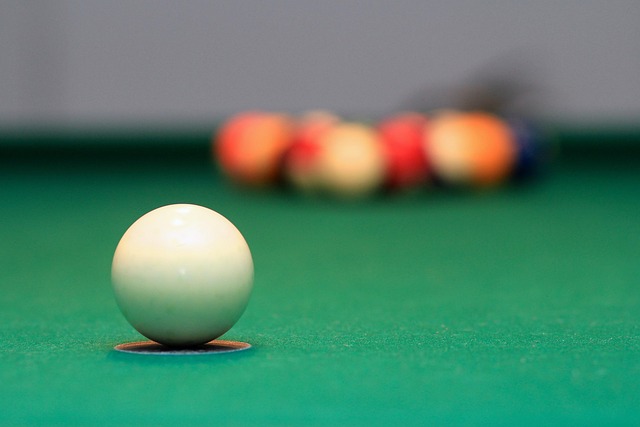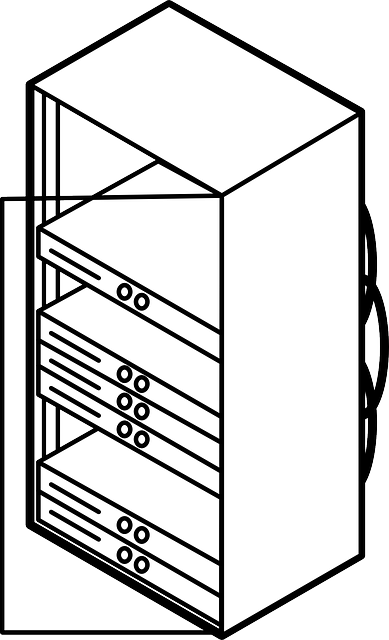This guide provides a step-by-step overview of the Refelt Process for pool tables, including costs. The average price to refelt a table ranges from $500 to $1500, depending on size, design, material quality, and location. DIY refilling is budget-friendly, around $50-$300, but complex tables may require professional expertise costing between $200-$1000 for accuracy and durability.
Refelling a pool table yourself can seem daunting, but with the right knowledge, it’s achievable. This guide breaks down the process, step-by-step, to empower you. Understanding the cost breakdown of refelling is crucial, as factors like table size and material significantly influence expenses, often ranging from $500 to $2000 for a professional job. Weighing DIY vs professional services helps you decide based on skill level and budget. Discover how to transform your pool table into a smooth, seamless playing surface without breaking the bank.
- Understanding the Refelt Process: A Step-by-Step Guide
- The Cost Breakdown: Factors Influencing Refelling Expenses
- DIY vs Professional: Weighing Your Options
Understanding the Refelt Process: A Step-by-Step Guide

Understanding the Refelt Process: A Step-by-Step Guide
Refelling a pool table is more than just replacing the felt; it’s a meticulous process that requires skill and precision. The average cost to refelt a pool table varies depending on several factors, including the table’s size, the quality of materials used, and whether you opt for a standard or custom design. Typically, the price range falls between $500 and $1,500, with larger tables and unique patterns leaning towards the higher end.
The process begins by removing the existing felt, which involves carefully disassembling the table if necessary. Next, the surface is prepared, ensuring it’s clean and level. A new piece of cloth is then measured, cut, and carefully stretched across the bed. This step demands patience and a steady hand to avoid wrinkles or bubbles. Once the new felt is in place, it undergoes a curing process, allowing the adhesive to set properly. Finally, the table is reassembled, and any adjustments are made to ensure it plays smoothly.
The Cost Breakdown: Factors Influencing Refelling Expenses

Refelling a pool table yourself can be a cost-effective option, but the expense can vary significantly based on several factors. One of the primary determiners is the size and type of table. Larger tables or those with more intricate designs tend to incur higher costs due to the increased amount of material needed and the skill required for installation. The quality of materials also plays a crucial role; high-end felt options are pricier than standard varieties, affecting the overall refelling expenses.
Additionally, labor costs should be considered. While some individuals may feel confident enough to tackle the job themselves, others might opt to hire professionals, adding to the overall budget. The location and accessibility of the table can also influence prices; remote or hard-to-reach areas may incur additional travel expenses for technicians or materials delivery. Moreover, special equipment or tools required for specific tables can elevate refelling costs, making it essential to assess these factors when determining the average cost to refelt a pool table.
DIY vs Professional: Weighing Your Options

When considering whether to refelt a pool table yourself or hire professionals, it’s essential to weigh your options based on both cost and skill level. While DIY projects can be satisfying, refelling a pool table is a precise task that requires specific tools and knowledge. The average cost to refelt a pool table varies widely depending on factors like the table’s size, material, and the complexity of the job. According to recent estimates, you can expect to pay anywhere from $200 to $1000 for a professional refelting service, with the average sitting around $500.
On the other hand, purchasing materials and tools to do it yourself could range from $50 to $300, not including your time and effort. While this option may be more cost-effective for smaller tables or simpler projects, complex tables or those requiring specialized finishes might be better left to professionals who can guarantee a precise and durable result.
